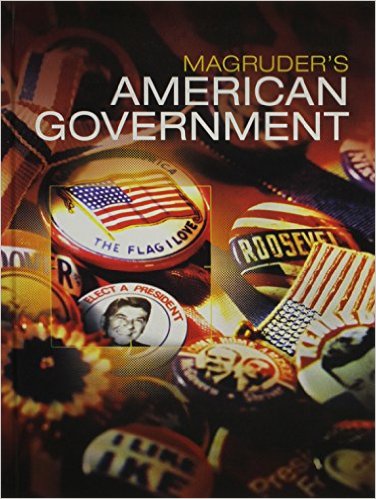
All Solutions
Page 247: Chapter Assessment
The text of Section 4 states, “Whenever the Vice President and a majority of either the principal officers of the executive departments or of such other body as Congress may by law provide, transmit to the President pro tempore of the Senate and the Speaker of the House of Representatives their written declaration that the President is unable to discharge the powers and duties of his office, the Vice President shall immediately assume the powers and duties of the office as Acting President.” (Section 4 of the 25th Amendment).
Essentially, if the Vice President and a majority of the Cabinet (currently it would require 8 Cabinet members) believe the President is unfit for office, they inform Senate and House leadership in writing. The Vice President immediately becomes Acting President and the ousted President must appeal to Congress. The ousted President can attempt to regain the powers of their office, but the Vice President and a majority of the Cabinet must again communicate in writing that they are unfit to serve. The decision would then pass to Congress. It would require a 2/3 vote in both chambers in order to formally remove the President. It is important to note that Section 4 of the 25th Amendment has never been utilized. The amendment was written and ratified in reaction to the assassination of President Kennedy.
**Melania Trump** advocated the well-being of youth and supported individuals against cyberbullying through her public-awareness campaign “Be Best”.
**Eleanor Roosevelt** was a big supporter of women in the workplace, the individual rights of African Americans, and the rights of war refugees.

